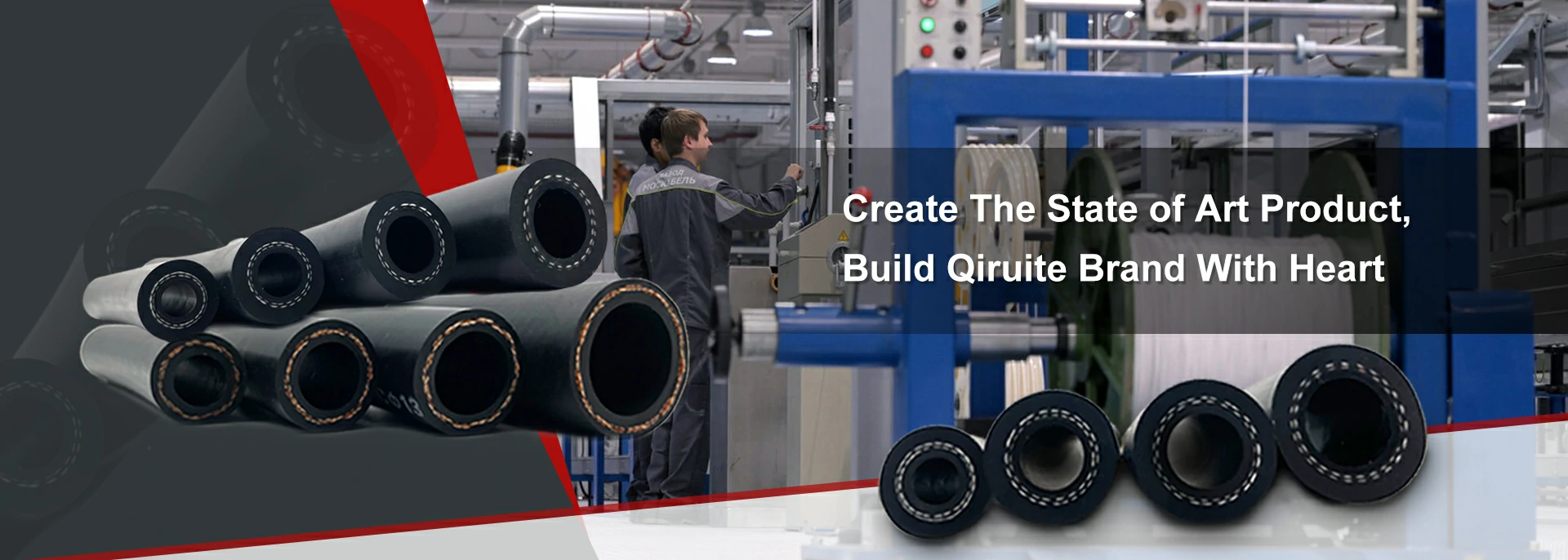Power Steering Hose Size Guide - Find the Perfect Fit for Your Vehicle
Understanding Power Steering Hose Size A Comprehensive Guide
Power steering systems are essential components of modern vehicles, enabling greater control and maneuverability. One critical element of these systems is the power steering hose, which facilitates the transfer of hydraulic fluid from the pump to the steering gear or rack. An often-overlooked aspect of power steering systems is the size of these hoses, which can significantly impact performance and safety.
Importance of Hose Size
The size of the power steering hose is crucial for several reasons. First, the hose diameter must be compatible with the specifications of both the power steering pump and the steering gear to ensure optimal fluid flow. If the hose is too small, it can restrict fluid movement, leading to inefficiencies and potential steering issues. Conversely, if the hose is too large, it may not create adequate pressure to assist in steering, resulting in a lack of responsiveness.
Standard Sizes and Variations
Typically, power steering hoses come in various diameters, with common sizes ranging from 5/16 inch to 3/8 inch. However, the actual size can vary based on the vehicle make and model, as well as the specific design of the power steering system. Therefore, it is essential for vehicle owners and mechanics to refer to the manufacturer’s specifications when selecting or replacing power steering hoses.
power steering hose size

Material and Construction Considerations
In addition to size, the material and construction of power steering hoses are also vital. Most hoses are made from high-strength rubber or synthetic materials designed to withstand high pressure and resist deterioration. It’s worth noting that the inner diameter must be smooth, as any irregularities can lead to turbulence and reduced hydraulic efficiency.
Replacement and Maintenance
Routine inspection of power steering hoses is essential to prevent leaks and ensure safe operation. Signs of wear include cracks, fraying, or wet spots, which may indicate fluid leakage. When replacing a power steering hose, ensuring the new hose matches the required size and specifications of the original is vital. Using improper sizes or types can lead to steering failures and increased repair costs down the line.
Conclusion
In summary, understanding power steering hose sizes is a critical aspect of vehicle maintenance and performance. Ensuring the right size, material, and construction can significantly affect the efficiency of the power steering system. Vehicle owners should always consult their vehicle’s manual or a professional mechanic when considering replacements or upgrades to their power steering hoses. By doing so, they can ensure their vehicles remain safe and responsive on the road, providing the level of control that drivers expect from modern automotive technology.
-
Ultimate Spiral Protection for Hoses & CablesNewsJun.26,2025
-
The Ultimate Quick-Connect Solutions for Every NeedNewsJun.26,2025
-
SAE J1401 Brake Hose: Reliable Choice for Safe BrakingNewsJun.26,2025
-
Reliable J2064 A/C Hoses for Real-World Cooling NeedsNewsJun.26,2025
-
Heavy-Duty Sewer Jetting Hoses Built to LastNewsJun.26,2025
-
Fix Power Steering Tube Leaks Fast – Durable & Affordable SolutionNewsJun.26,2025

